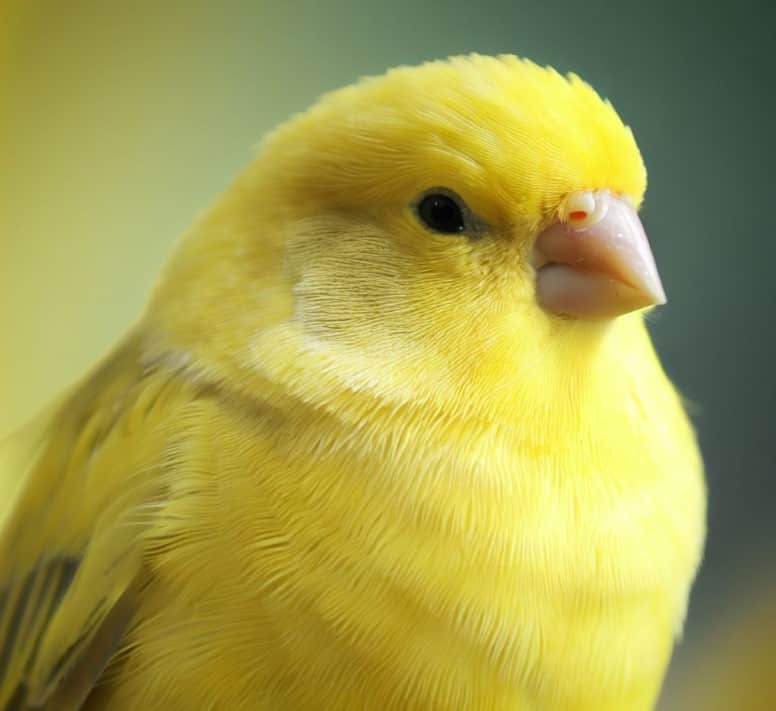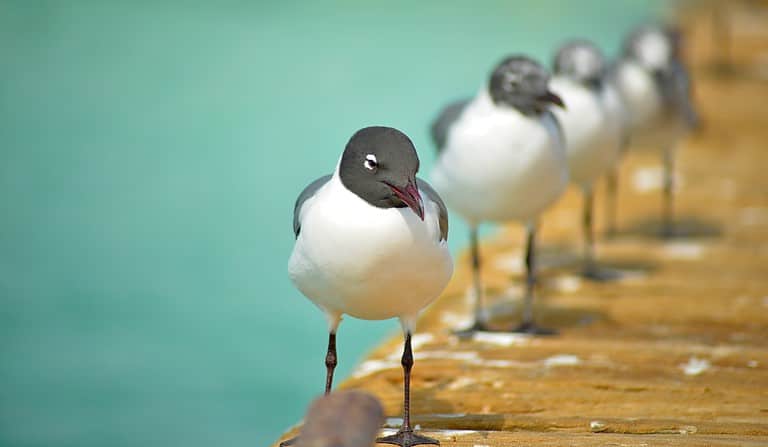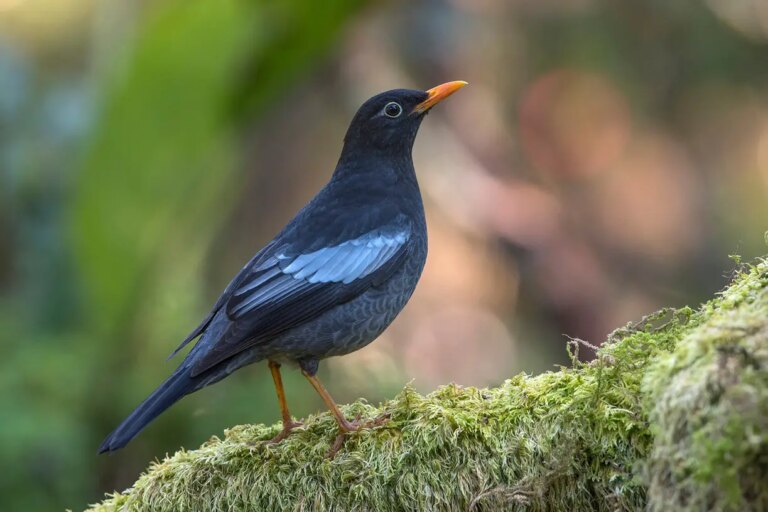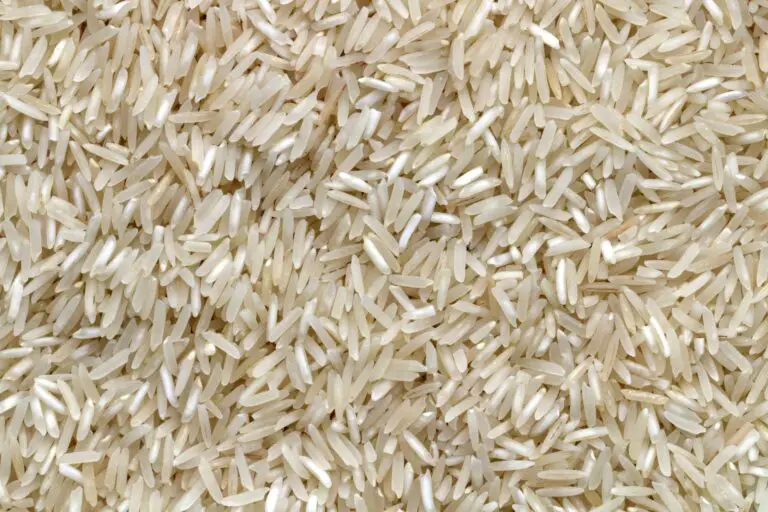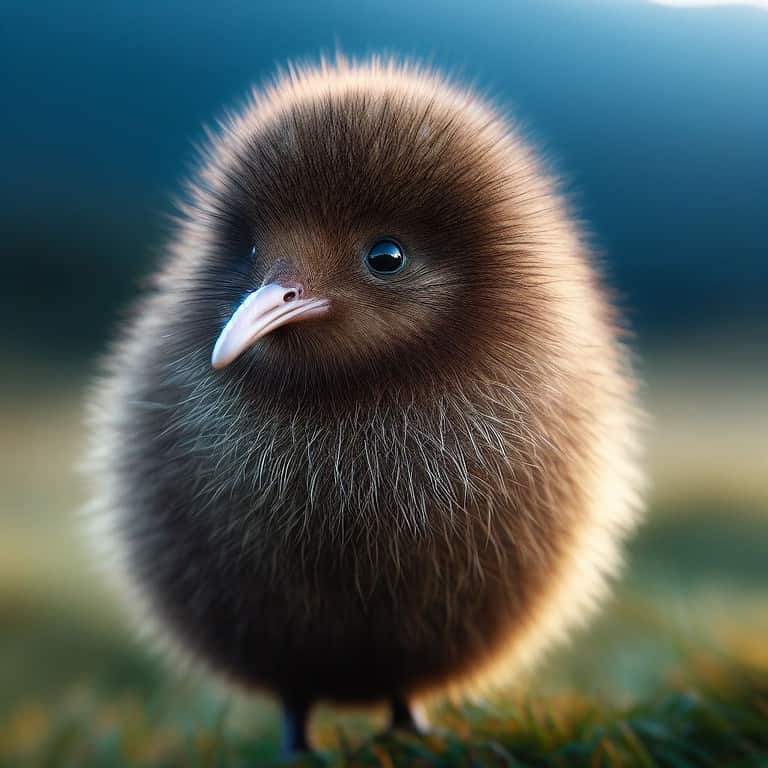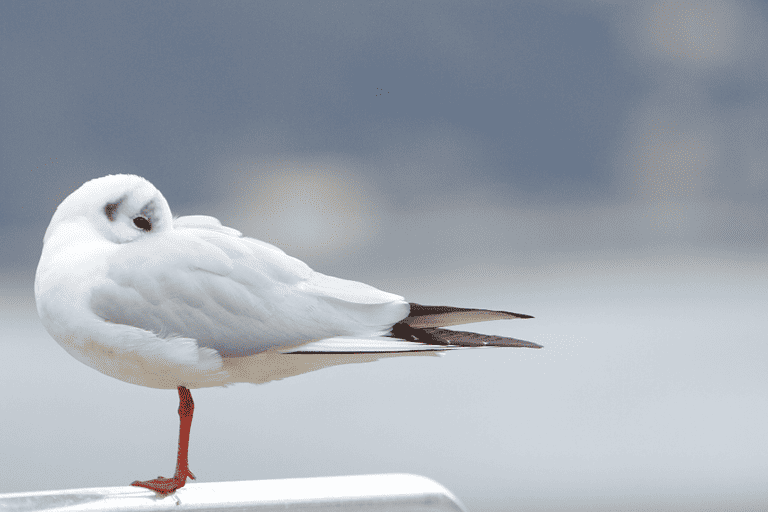The History and Breeds of Domestic Canaries
Domestic canaries all descend from the wild Serinus canaria species native to the Canary Islands. Since being brought to Europe in the 15th century, selective breeding has produced a wide variety of canary breeds used for singing, shape, and color.
Discovery of the Canary Islands and Wild Canaries
The Canary Islands are a Spanish archipelago located off the northwest coast of Africa. The indigenous people who inhabited the islands before Spanish colonization beginning in 1402 were known as the Guanches.
The Guanches had a tradition of capturing the native wild canaries Serinus canaria and keeping them as pets in cages due to their melodious song. The Spanish referred to these birds as Canary canaries. [1]
Wild Canary Facts
- Scientific name: Serinus canaria
- Native habitat: Canary Islands
- Known for melodious song
- Greenish-yellow coloration
- Sparrow-like appearance
Canary Exportation to Europe
When the Spanish conquered the Canary Islands in 1402, they recognized an economic opportunity in exporting the singing canaries back to Europe. [2]
The Spanish merchants selectively captured and exported only male canaries to ensure continued demand in the European pet market. This practice continued until the early 1500s when a shipwreck near the Italian island of Elba allowed some female canaries to escape and breed with wild finches.
From there the canary population grew and spread across Europe, fueling the pet canary market. The canary trade becamecentered in Spain, Portugal, Belgium, and Germany. [3]
Canary Breeding and Domestication
Over the next several centuries, selective breeding of canaries created distinct breeds divergent from the original wild ancestor.
- 1500s – Canaries become popular household pets across Europe
- 1700s – Specialized canary breeding emerges in England, France, and Belgium
- 1800s – Many established canary breeds documented
Through controlled breeding selecting for desired traits, canary breeders developed specialized varieties used for singing, shape, and color.
Today, hundreds of breeds exist across four main groups:
- Singing/song canaries
- Smooth shape and position canaries
- Curled shape and position canaries
- Colored canaries
Canary Breed Groups
Singing/Song Canaries
This group is bred specifically for their melodious song, a trait favored since the original wild canary. Some examples include:
- Spanish Timbrado – Known for a loud, rhythmic, resonant song
- Waterslager – Originated in Belgium, song has a loud, bubbling, rolling quality
- American Singer – Melodious warbling song, popular in the US
Smooth Shape and Position Canaries
These canaries have an elegant, smooth outline and upright posture. Examples:
- Gibber Italiano – Sleek outline, small head, upward stance
- Berner – Flat head, slender with raised neck
- Gloster – Round compact shape, horizontal carriage
Curled Shape and Position Canaries
Bred for unique curled or crested head and body features. Examples include:
- Lancashire – Originates in England, has curled neck feathers
- Lizard – Unusual lizard crest on head, curled feathering
- German Crest – Forward curled crest on head
Colored Canaries
Bred for vibrant, striking colors beyond the wild canary’s green-yellow hue. Some color varieties:
- Red factor – Shades of orange, yellow, red
- White – Pure white coloring
- Variegated – Yellow and white mottled pattern
- Melanistic – Black, brown, or grayish
| Breed Group | Examples | Traits |
|---|---|---|
| Singing/Song | Spanish Timbrado, Waterslager, American Singer | Bred for melodious song |
| Smooth Shape/Position | Gibber Italiano, Berner, Gloster | Graceful smooth outline, upright posture |
| Curled Shape/Position | Lancashire, Lizard, German Crest | Curled or crested head and body features |
| Colored | Red factor, White, Variegated, Melanistic | Vibrant colors beyond wild yellow-green |
Conclusion
From the original wild canary species of the Canary Islands, selective breeding over centuries has produced a wide array of domestic canary breeds. These specialized varieties are prized for qualities like song, shape, and color. Canary breeding continues to evolve new breeds today.
References
[1] Breeds of Canaries. The Spruce Pets. https://www.thespruce.com/breeds-of-canaries-390330
[2] The History of Canary Birds. Canso. https://www.canso.co.uk/history-of-canary-birds
[3] Driggers, Joseph. The Complete Canary Handbook. HowEll Media, 2017.

